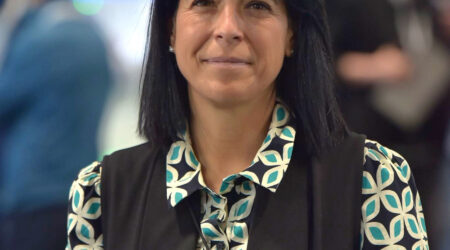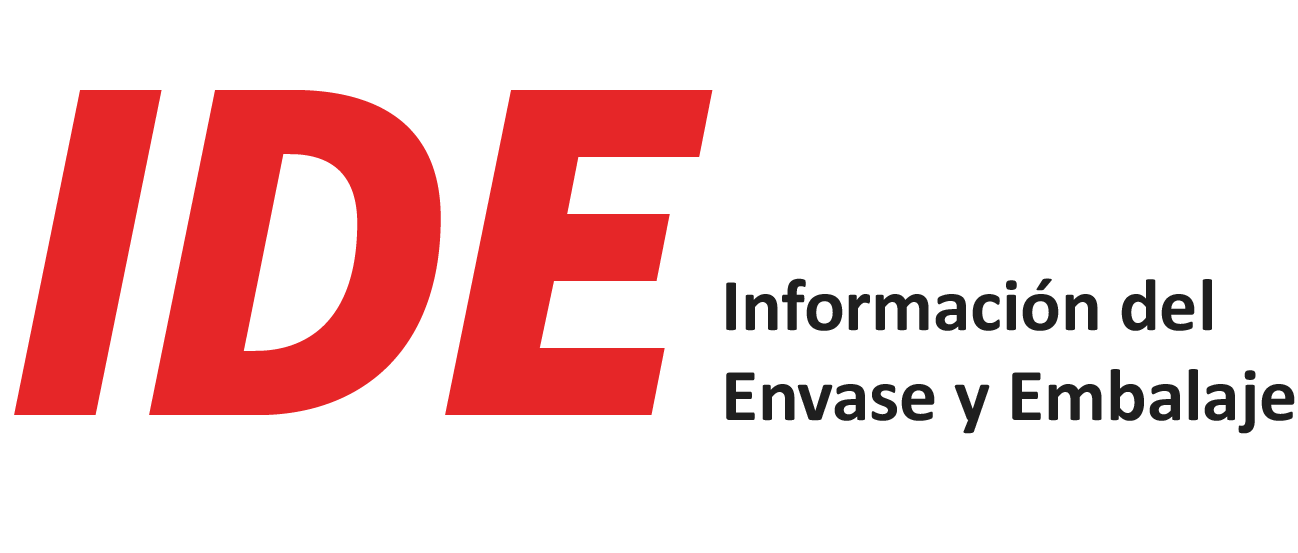Procurement strategies: Supplier-enabled innovation and sustainability
 Critical sustainability issues can be addressed when companies work with suppliers in new ways and adopt processes that enable supplier-enabled innovation,” says Mondi’s chief procurement officer Beatrix Praeceptor. For those with a passion for end-to-end optimisation, procurement today offers exciting career paths as well.
Critical sustainability issues can be addressed when companies work with suppliers in new ways and adopt processes that enable supplier-enabled innovation,” says Mondi’s chief procurement officer Beatrix Praeceptor. For those with a passion for end-to-end optimisation, procurement today offers exciting career paths as well.
Beatrix Praeceptor is chief procurement officer at Mondi Group. Her goal is to embed a supply chain-oriented mind-set throughout the business. Why? Because procurement is a key lever for profitable innovation and sustainability, she says. In the following interview, she describes how.
Does procurement have a role to play in innovation and sustainability?
Beatrix Praeceptor: There is more potential to work with the supply base to answer the questions we need to answer as businesses and society. For example, when a big resin suppliers tell me their main innovation topic is to make their products more sustainable and, on the other side, we’re working to make packaging more sustainable, I see an opportunity to be partners in innovation. Supplier-enabled innovation is an opportunity to build structures and relationships that enable the exchange of innovation.
What is supplier-enabled innovation?
Beatrix Praeceptor: Supplier-enabled innovation means that you build working relationships with selected suppliers, with full transparency around areas of innovation where you match, so you can enhance innovation together.
Sometimes, supplier-enabled innovation calls for different kinds of contracts. If you tender a supplier every year, and you can throw them out in a month, then why should they share their best innovation ideas with you? You need a different mode of working, with contracts that still have competitive costs, but where the supplier has security that investing in the relationship with you will also bring them long-term benefits.
That sounds like a profound partnership…
Beatrix Praeceptor: Exactly. For innovation, you need relationships with long-term focus. Which, by the way, is also important for risk assessment.

How does risk management play into procurement?
Beatrix Praeceptor: If we want satisfied customers, we have to produce good products. To produce good products, we need good raw materials and services from our suppliers. We also need to be sure that they treat people and the environment well – in a nutshell, we have to make sure that their values fit ours.
For risk management and responsible procurement you have to be very clear what kind of relationships you want and with which suppliers. If we changed our suppliers all the time, then we would have to re-do all our audits, re-checking whether they fulfil our requirements in terms of CSR, environmental sustainability, etcetera. That’s an effort.
The frequency and speed of disruptions is increasing. Major suppliers go bankrupt. From one day to another China changes its environmental legislation and suppliers don’t get the feed stock they need anymore. Qatar closes its ports, and suddenly products are floating around somewhere and cannot go further. We have to have a different approach to risk management and we cannot do that alone. We need to give part of that responsibility to our suppliers and tell them exactly what we expect from them.
How does Mondi choose its suppliers?
Beatrix Praeceptor: You get what you ask for. If you cannot properly specify what you expect from suppliers, then you should not be surprised if what you expect and what they deliver doesn’t match. We’ve gotten better at saying, “That’s the product; that’s the range of the specification; that’s the service; and that’s how we work together,” because then you can measure what your supplier delivers against your specific requirements. Of course, what we ask of our suppliers is based on what our customers expect from us.
My goal is to embed a supply chain-oriented mind-set of our total value chain throughout the business. Sustainability needs to be part of everything you do. It cannot be something on the side, like one day a week you tackle sustainability and the rest of the week you don’t care. No, sustainability must be part of how you manage your supply chain – as are quality, safety, commercial aspects, the services you expect, and innovation.
How do you tell if a supplier has sufficient innovation capability?
Beatrix Praeceptor: We do business review meetings every year with our major suppliers in each spend category. It’s a strategic meeting about the trends on the market, and there’s always a discussion of innovation. If we see that a supplier shares our interests, we try to work together. We are always looking at suppliers to see who has the best fit for Mondi.
We classify all our suppliers by category: strategic, captive, commercial or collaborative. Each of these labels means a different thing. Our strategic suppliers need to have innovation capabilities.
To support innovation, ensure that Procurement is involved in the very early stages of new product design. Second – especially on the converting side – purchasing people should aim to be really well networked with application managers, with R&D and also salespeople, so they know what’s going on. That’s a starting point.













